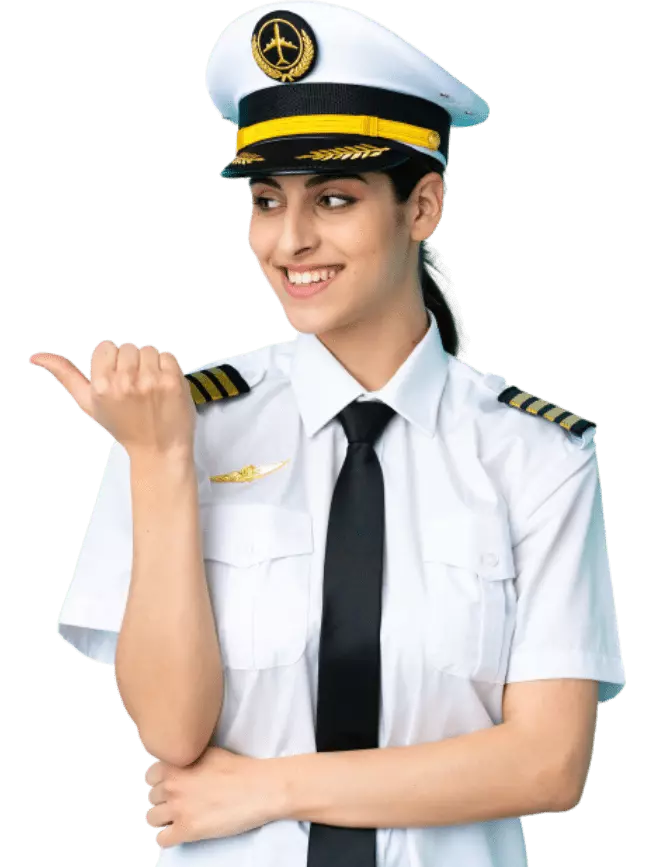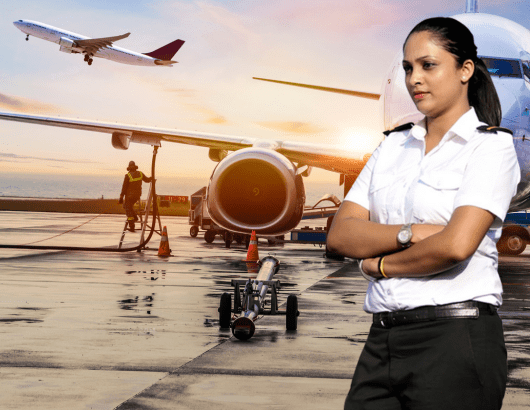Our Presence Across The World
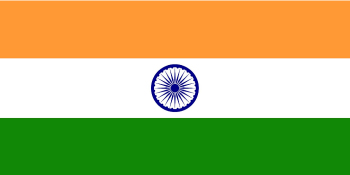
INDIA

UK
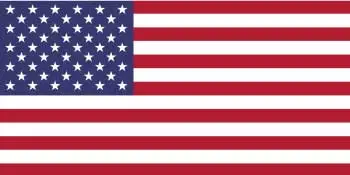
USA

UAE
Opening Shortly
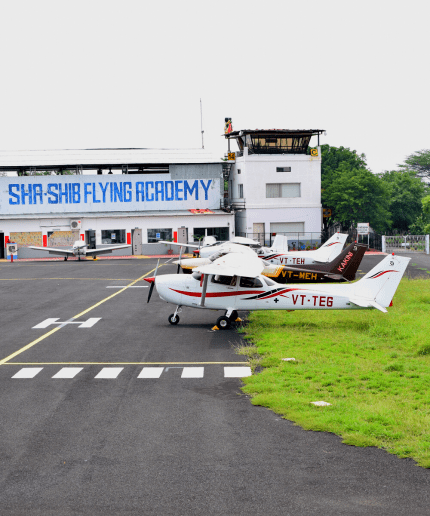
Reshaping the Flying Experience with Modern Technologies
Sha-Shib Flying Academy (A Unit of Institute of Management and Technologies) gives you training from ground-level to obtaining your license. Arranged in a single course, divided into various stages, but it's designed as a whole entity. This way, you can fly right from the start of your training at the ground school. Sha-Shib Flying Academy, which is a single-point destination for all pilots and aspiring/current pilots.
Being a pilot is one of the most respected and highly-paid professions and traveling around the world is part of the job. Our courses allow you to make your dream come true. SFA has the most advanced aircraft with the most innovative technologies.
Courses Curated For Excellence
Why Choose Sha-Shib?
If you want to excel in your aviation career, it is crucial to choose the best aviation institute to study your dream aviation course. Sha-Shib Group of Institutions, in fact, stands as the best AME and aviation training institute in South Asia.
Airport Presence
Functional Aircrafts
Flying Aircrafts
Practical Tie-Ups
AME Colleges in India
MRO Companies
Aircraft at Our Campus
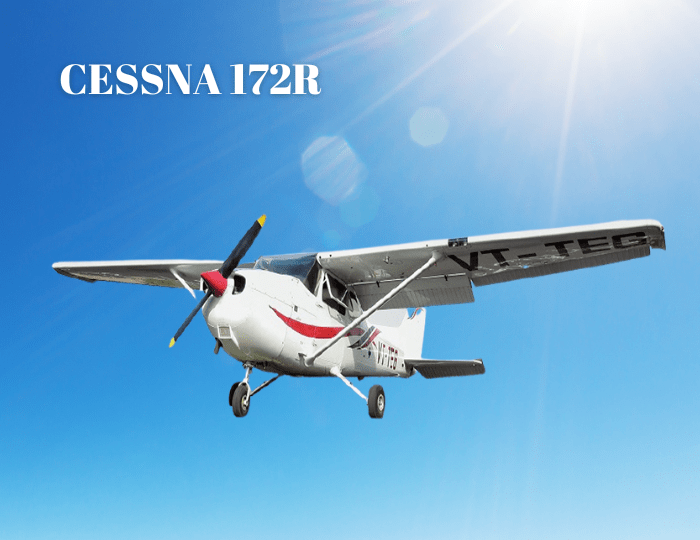
Maximum Speed
140 mph
Wing Loading
14.1 lb/sq ft
Power
160 BHP at 2400 rpm
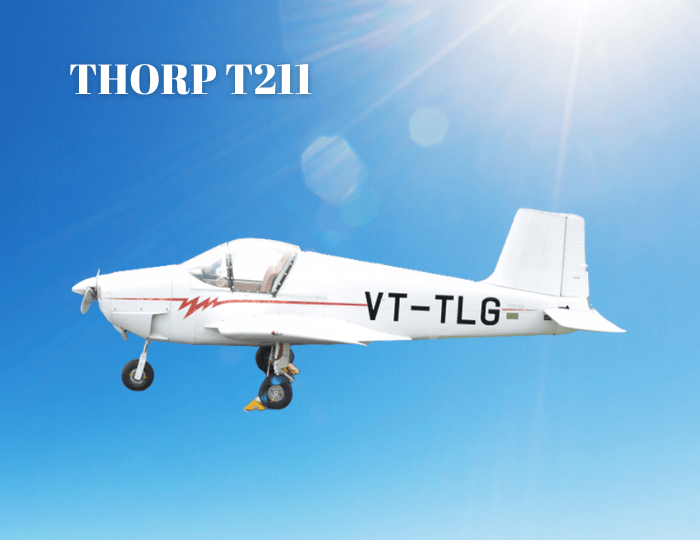
Maximum Speed
158 mph
Wing Loading
18.6 lb/sq ft
Power
8.9 lb/hp
Scholarships upto 4 crores will be distributed among the eligibles
Apply for Scholarship cum Entrance Exam (SSAT-2024)
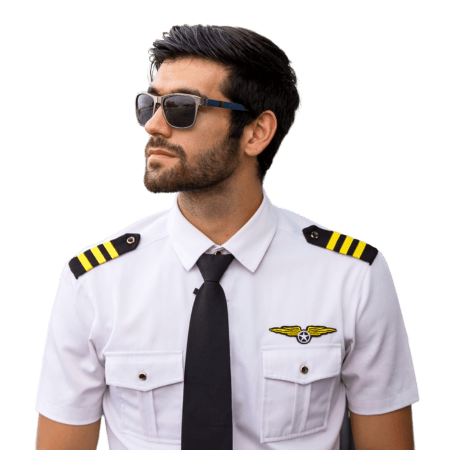
Group's Own Aircraft Maintenance Repair Overhaul Organizations
Approved by DGCA, Govt. of India
International Aircraft Sales Pvt. Ltd.
Indian Aerospace & Engineering (MRO)
Sha-Shib Flying Academy
Utkal Aerospace & Engineering (MRO)
Hindustan Aerospace & Engineering (MRO)
Aerospace Research & Development Centre
Our Gallery

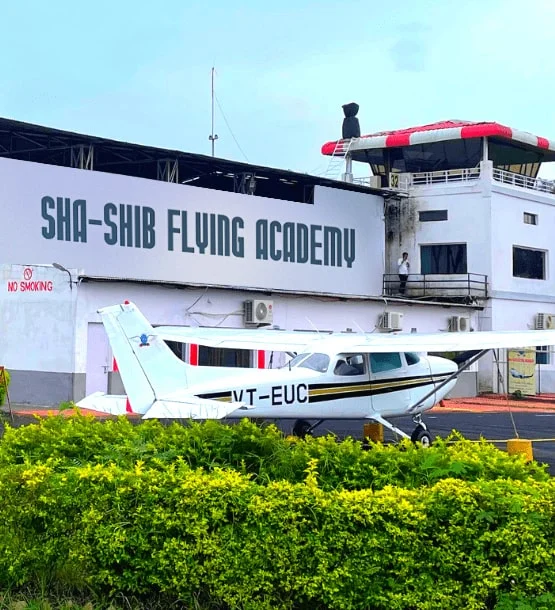
Life At Shahib Flying Academy
At SFA, we consider flight training to be more than simply getting a licence; it's also about learning the skills and information needed to become a capable and safe pilot. We are proud of our cutting-edge facilities, knowledgeable professors, and extensive training programmes that are tailored to the requirements of prospective pilots. SFA recognises that flight training may be an expensive commitment and works to provide our students with training alternatives that are within their budgets. If you want to pursue a profession in aviation our training programmes are tailored to fulfil the demands of a wide range of pupils.
Major Recruiters
These organizations providing jobs after completion of our course.
Feedback from our students
Frequently Asked Questions
What is the difference between Private pilot Licencing and commercial pilot licensing?
An individual who holds a private pilot license (PPL) is authorised to operate small aircraft for either personal or recreational use. A pilot is qualified to operate an aircraft for transportation, leisure, or other non-commercial uses with a PPL. The pilot must also fulfill specific medical standards, complete a written knowledge exam, and pass a practical flight test. PPL medical criteria are often less demanding than those for a commercial pilot license (CPL), but physical fitness is still necessary to assure flying safety. A form of pilot certification known as a commercial pilot license (CPL) enables the bearer to operate an aircraft for pay, such as when working for an airline or charter service. The Directorate General of Civil Aviation (DGCA), a government agency in India, is in charge of certifying and regulating all facets of the nation's civil aviation, including pilot licensing. A pilot must log a minimum of 200 hours of airtime in India, including 20 hours of cross-country flying and 100 hours spent as pilot-in-command (PIC).
What is the significance of Aircraft maintenance engineers?
The Directorate General of Civil Aviation (DGCA) oversees all elements of civil aviation in India, and issues licenses and certifications to individuals who work as aircraft maintenance engineers (AMEs). To receive an AME license, candidates must complete a structured training course authorised by the DGCA and pass the licensing test. A candidate in India who wants to work as an AME must pass the DGCA's licensing test as well as an authorised training program and practical experience requirements. For AMEs to operate in the aviation sector and maintain and repair aircraft in line with legal requirements, they must possess this license. All facets of aviation in India are governed by the Indian Aircraft Act of 1934, including the DGCA's licensing and certification of AMEs.
What is the difference between AME, aeronautical engineering, and aerospace engineering?
AME specialises in the upkeep and repair of airplanes and the parts that make them up. AMEs are responsible for ensuring that airplanes are safe and airworthy, and they must conduct routine inspections and maintenance procedures to find and fix any problems. Design, expansion, and testing of aircraft and spacecraft are the main areas of concentration for aerospace engineering. They collaborate on various aerospace projects, such as passenger jets, fighter jets, satellites, and rockets. While the design and creation of airplanes are the primary emphasis of the aerospace engineering section of aeronautical engineering. They could work on initiatives like creating new materials for use in airplanes or inventing new aircraft engines, or they might enhance aerodynamic performance. The design, development, and operation of airplanes are the focus of the technical discipline known as aeronautical engineering. Applying scientific and technical concepts to the creation of airplanes and spacecraft is a part of it.
What is the role of DGCA in regulating AME institutions and the Aviation sector?
The regulatory organisation in charge of overseeing the aviation industry in India is called the Directorate General of Civil Aviation (DGCA). It plays a crucial role in regulating the country's Aircraft Maintenance Engineering (AME) and Pilot training institutions. The DGCA is responsible for granting approval to AME institutions for imparting training to students in the maintenance, repair, and overhaul of aircraft. The DGCA also ensures that these institutions follow the regulations, guidelines, and standards the regulatory authority sets. DGCA approval is necessary for AME institutions as it signifies that the institution has the required infrastructure, facilities, and faculty to provide quality training to students. This approval also indicates that the curriculum followed by the institution is in line with the standards set by the regulatory authority.
Who will become the pilot?
Candidates with 10th Standard or higher education are welcome to enroll in this course, but in order to work in this industry, the candidate must be 18 years old at the time of issue of his/her Commercial Pilot License with a minimum qualification of 10+2 ( Physics and Mathematics). Every pilot is required to hold a commercial pilot license, a pilot transformation certificate, and an instrument rating certification. Aspiring pilots must also complete at least 200 hours of ground training in order to obtain a pilot license.




